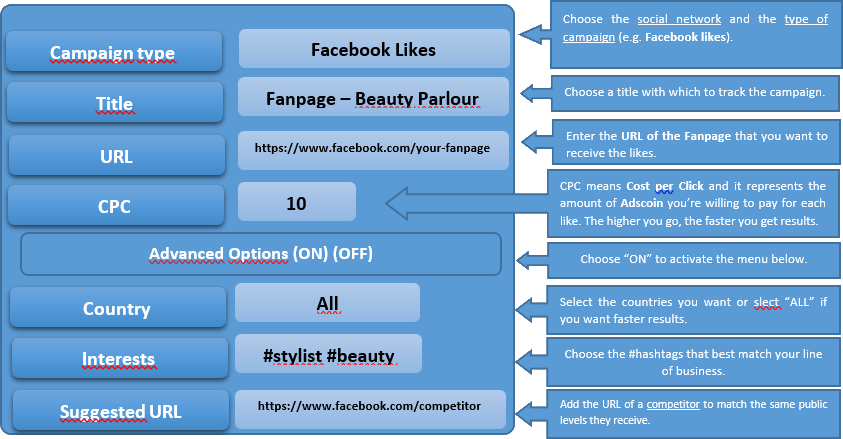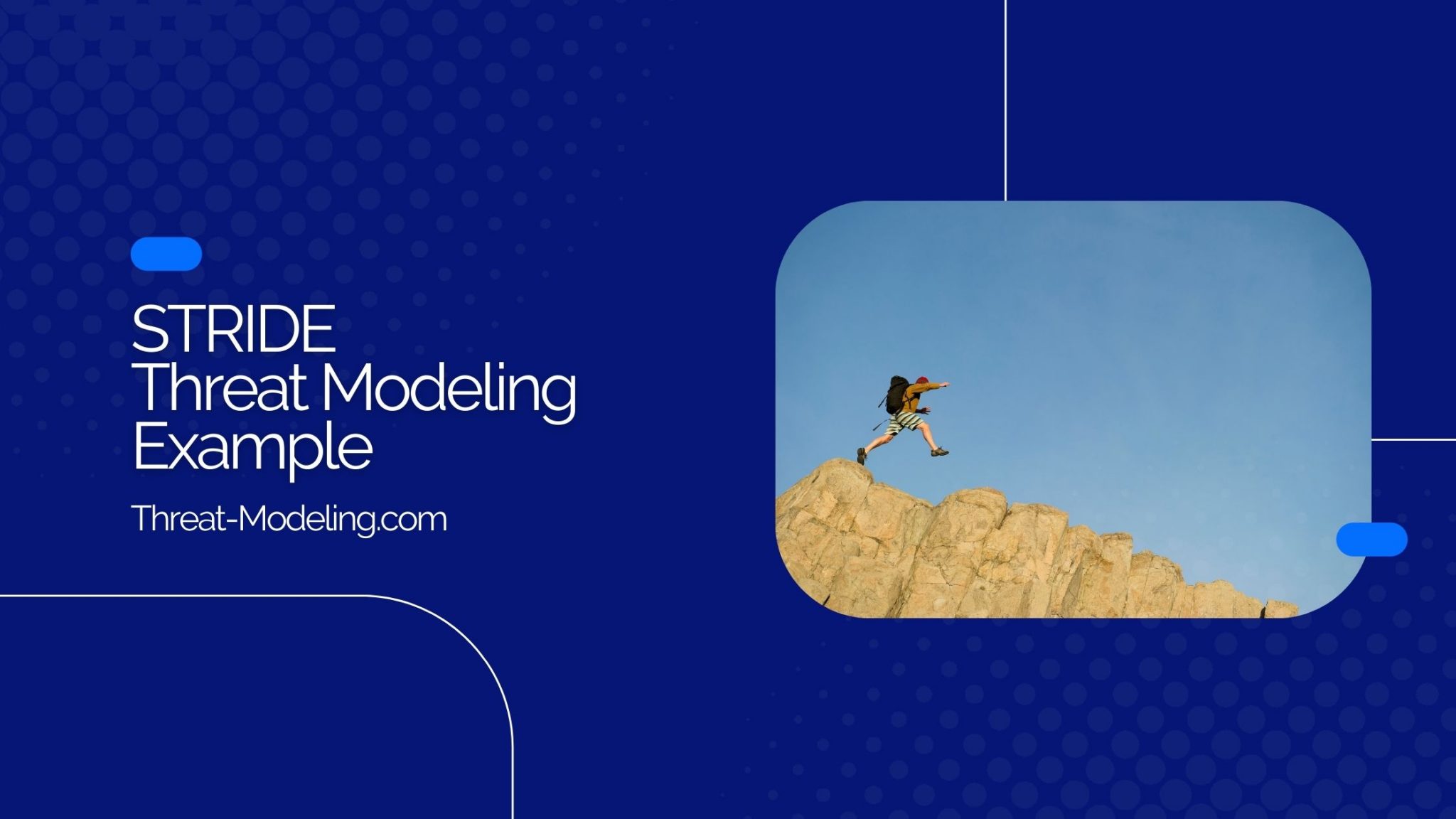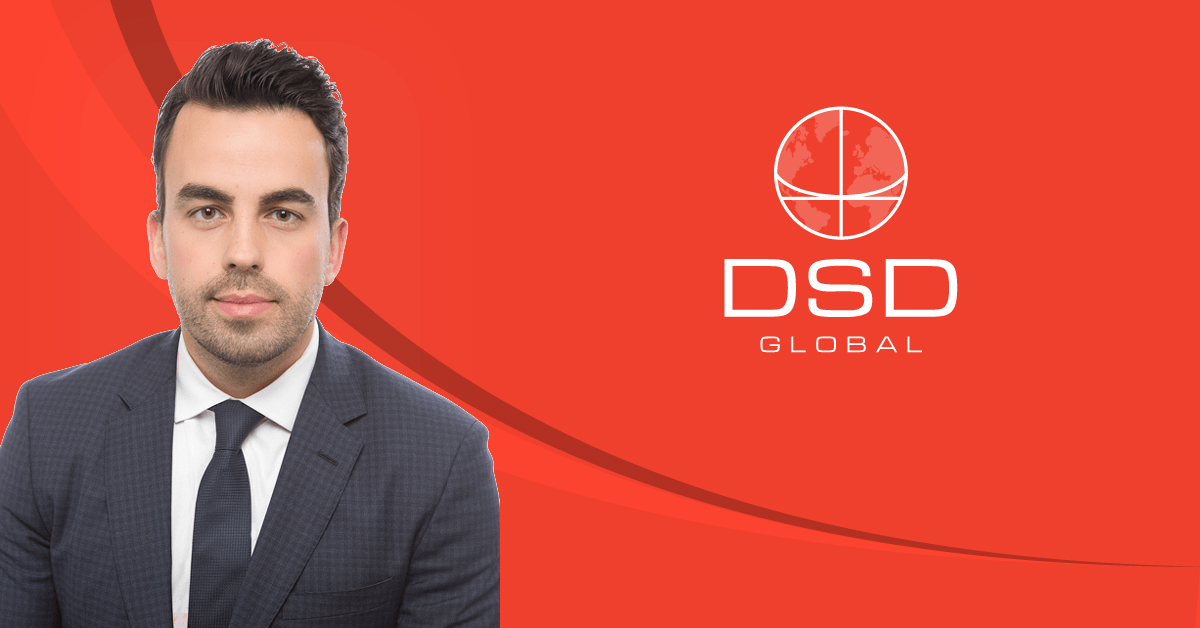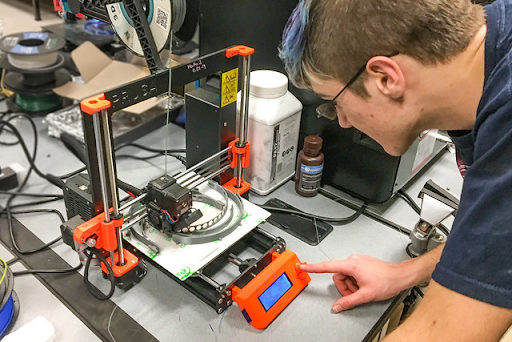Many clinicians, educators, and dance researchers have now widely acknowledged the key role supplemental training plays in a dancer’s longevity and success.
Many have come to the conclusion that attending dance classes alone will not deliver the needed physical adaptations that will warrant minimal injury risks and ensure optimal performance.
This is where Pilates comes in. For many dancers, Pilates is the consummate supplementary training of choice. This is not surprising as many principles considered integral in dance training are also emphasized in Pilates.
Pilates puts focus on integrating the limbs with the spine so a more fluid movement is achieved. Efficient, effortless, and fluid whole body movements are also considered key principles in dance.
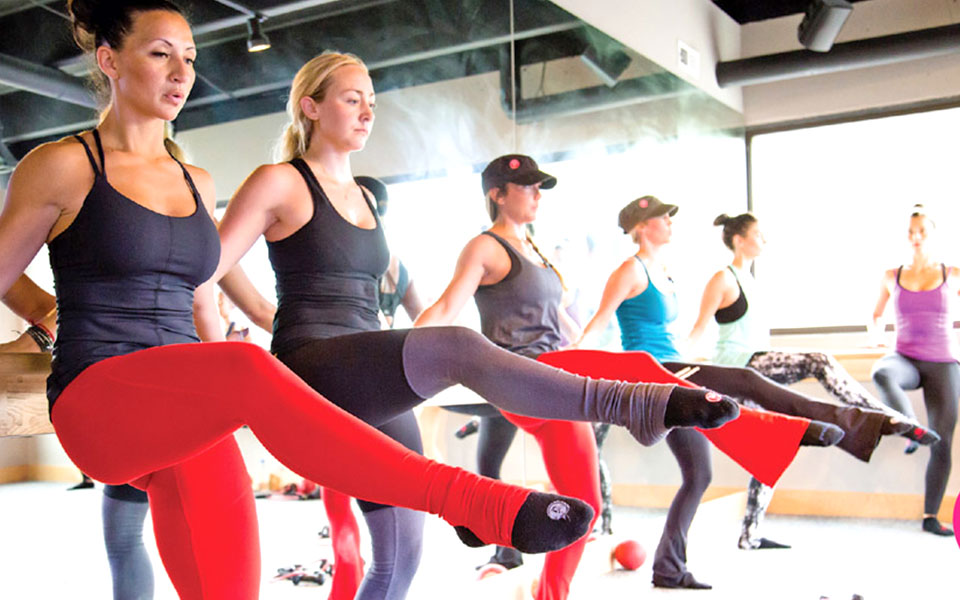
Pilates—How it All Began
Joseph Hubertus Pilates was born in 1883 in Monchengladbach, Germany. Since he was sickly as a child, he turned to athletics and exercise to combat his afflictions. He later become enamored with the whole classical Greek concept of a man balanced in mind, body, and spirit. He then began to design his own exercise system based on that Greek ideal.
Pilates and Dance
Let’s set the record straight. Contrary to popular belief, Joseph Pilates was not a dancer. However, he did work with several dancers like Rudolf von Laban, George Balanchine, Mikhail Baryshnikov, and Hanya Holm to name a few.
The first association between dance and Pilates was actually merely coincidental. Joseph Pilates’ first Pilates studio was situated right next to the New York City Ballet. However, dancers eventually turned to Pilates when they discovered how beneficial it can be to their craft.
Dancers like George Balanchine and Martha Graham would send dancers with injuries to Joseph Pilates for injury rehabilitation. Others like Kathy Grant, Carola Trier, and Romana Kryzanowska often turned to Joseph Pilates for help with their back, ankle, and knee pains.
Why do dancers consider Pilates the ultimate training supplement?
Pilates can help dancers easily achieve proper alignment.
Undeniably, proper alignment is imperative in the effective and proper execution of movement, aesthetics, and effective muscle recruitment.
With Pilates, achievement of the mentioned is much easier. Other Pilates benefits dancers often enjoy include the ability to activate those deep stabilizers found in the pelvis and the back.
Pilates helps stabilize the spine.
Pilates has also been proven ideal in stabilizing the spine. Other unsurpassed Pilates benefits include flexibility, muscle symmetry and balance, proprioception, body awareness, and improved posture.
Increased strength of the core muscles is yet another benefit many dancers credit to the practice of Pilates. Strong core muscle makes movement of both the trunk and the extremities a lot easier. Dancers who have developed strong core muscles are able to perform functional activities that entail control and balance safely and more efficiently.
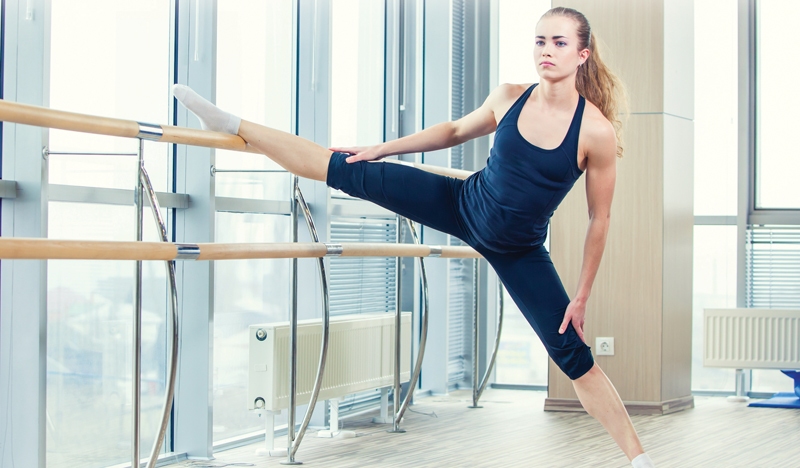
Pilates can help promote more graceful movement.
One of the many elements dance and Pilates have in common is the focus on the excellence of movement. Both disciplines bank on the quality of each and every movement performed.
In Pilates, the goal goes beyond how many movement repetitions you are able to carry out (endurance) or how much resistance you can endure (strength). Included in the mix should be your ability to make each and every movement look flowing and effortless while you perform them.
Pilates can help promote neutral alignment.
In essence, neutral alignment is defined as the balancing of the pelvis on the heads of your femurs. Studies show that this neutral alignment can vary from one dancer to another. Fortunately, doing Pilates can help dancers by increasing their body awareness including their ability to find their neutral alignment.
The importance of conditioning outside the dance class cannot be overemphasized. Taking into account all the benefits Pilates can offer, it’s no surprise Pilates and dance will always be deeply interconnected.

Jimmy is a dedicated and experienced author of this tech blog. He wants to be helpful and offer great content to his readers, but he also needs to make sure that the site is profitable so it can continue running. If you have any questions or concerns about our work please don’t hesitate to contact us!

